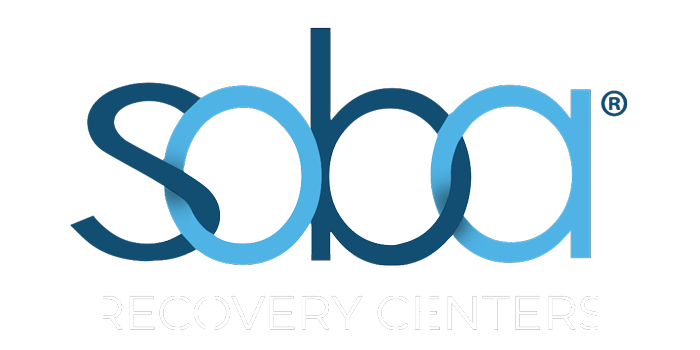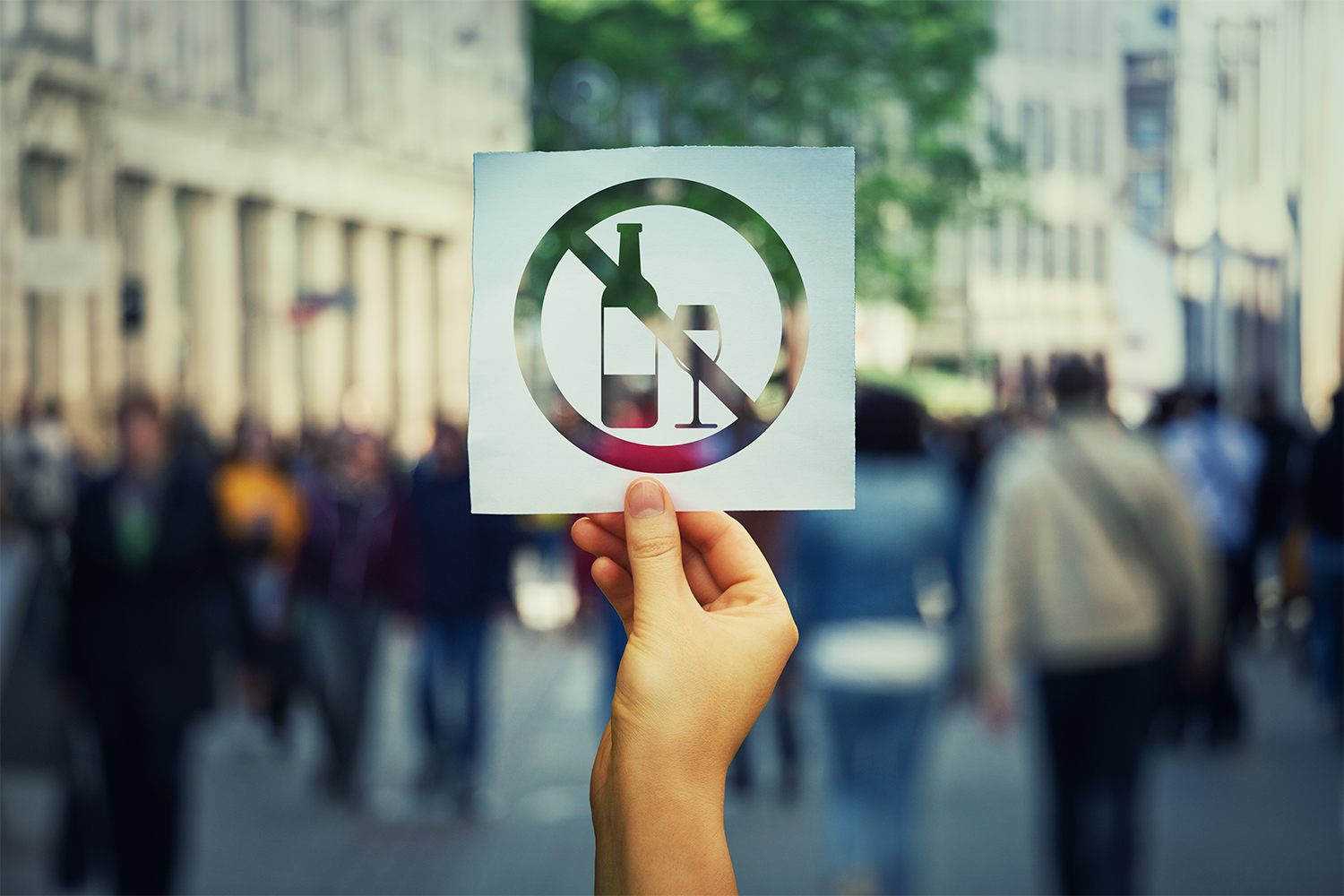Want to stop drinking but don’t know where to start? Not everyone will respond to the same strategies, so you must try out a variety to see what will work best for you. Struggling with alcohol can feel like a silent battle that you are facing on your own, but this is not true. You can find support and useful tips and tricks like the ones we will outline below to decrease your alcohol intake until you’re finally able to quit!
Overcoming addiction is not a journey that you should expect to take alone. It takes time and dedication to recover from an addiction to alcohol, and it can often feel isolating or impossible. Recovery does not happen overnight, so you will have to stick to it if you want to see positive results. You must prepare for self-doubts about your ability to quit, possible relapses, and losing people that you associate with your addiction that aren’t healthy for you.
How to Know When to Quit
If you are on the fence about whether or not you need to stop drinking alcohol, try this:
Give yourself three days without alcohol and see what happens. If you can make it three days with no adverse side effects, you might not necessarily have an uncontrollable problem. Suppose you try to stop drinking but cannot make it the three days or feel the symptoms of withdrawal, like tremors, anxiety, hyperthermia, hallucinations, sweating, nausea, and even seizures. In that case, it’s likely that you have alcohol dependence and should seek treatment and lifestyle changes.
Quitting alcohol is not always a linear process, but these tips and tricks are meant to help you see the beauty of recovery and help to make your sobriety a reality. Keep reading to learn ways that you can help yourself to stop drinking alcohol!
1. Make a Pros and Cons List
Maybe the idea of a pros and cons list seems elementary to you, but believe us when we say writing it down and seeing it in front of you can help understand how your addiction is a reality. If it’s tangible, it’s changeable, but you have to know the cons to know what needs to be changed. Even what you deem as a pro to your alcohol could still be hurting you, and talking about your connection to alcohol can help bring guidance to your alcohol consumption, situation, and needs.
Creating a pros and cons list can help you self-reflect and see how you view your relationship with alcohol. You should think about what the pros and cons are of not drinking and of drinking. It might seem counterintuitive to write down the pros of drinking and cons of not drinking, but it will help you understand the underlying issues of your dependence.
For example, a list might look like this:
Pros of Drinking:
- I get to spend time with my drinking buddies.
- It allows me to forget about troubles at home.
- It helps me unwind and relax.
Cons of Drinking:
- I’ve lost important people because they don’t like my drinking.
- I feel like I’ve lost parts of myself.
- I fail at my responsibilities and performance at work.
Pros of Not Drinking
- Able to rekindle some bumpy relationships
- I’d have more time for activities that I want to do
- My physical and mental health would improve.
Cons of Not Drinking
- I can’t escape from my problems and responsibilities.
- I won’t have a way to cope.
- I would lose friends and couldn’t go to certain places anymore.
When you list it out like this, you can see how some of the cons of not drinking and the pros of drinking are dangerous behaviors that should be taken care of in a healthier manner. Once you have this list, you should be able to make a plan to stop drinking alcohol altogether.
2. Set Goals for Yourself
If you want to see change, you are going to have to plan it out carefully. Change doesn’t happen overnight, and recovery isn’t something that you just decide to be in. You need to dedicate your time to healing from traumas and behaviors that are damaging to you. Setting goals is one way to track your progress and start off small.
Setting the goal of “quitting alcohol” is much too vague. Breaking down step-by-step what you want to accomplish can help to make the transition away from alcohol easier.
Start with a goal like: “I will only have two drinks when I go out.”
This should be easier to consider because it provides a finite boundary (“two drinks”) and does not encourage you to quit cold turkey (“when I go out”).
The next goal you make could be: “I will limit myself to two drinks during the weekend, and only at night.”
By slowly working your way to consuming less alcohol, you are more likely to be successful. Weaning yourself out of the addiction will be better for your health, as you won’t experience as many adverse effects that alcohol withdrawal symptoms can bring. Symptoms of alcohol withdrawal, like headache, depression, and changes in mood and behavior, can be tough, but weaning yourself off of alcohol and opting for soda or juice instead can help reduce these.
Having a dedicated timeline can also be useful when setting goals. You can hit each milestone and feel good about the progress that you are making!
3. Keep a Log of Your Drinking
Another way to stay on top of your drinking and gradually start to stop is by keeping track of your daily drinks and your alcohol-free days.
You should write down what time, where, and what you had to drink each day so that you can visually see how it might be affecting you. Alcohol can impact your heart rate, lead to high blood pressure and liver damage, and can contribute to liver disease.
Through this, you might also be able to identify triggers that make you want to drink, especially if you begin to notice patterns with your drinking.
Maybe you notice that you are having several drinks as soon as you get off of work, or if you go to get a drink whenever your roommate or partner asks you to do something around the house. It’s much easier to see where problems lay when you have them visually splayed out in front of you. From here, you might be able to restructure some of your drinking habits so that when you get triggered to drink, you make health-conscious choices instead.
4. Restructure Habits
Once you have identified triggers, you can begin to work around them to make conscious decisions that will aid you in your choice to quit. If you are finding that you head straight to the bar after you clock out, fill up your time with scheduled activities that you won’t be able to miss. Make plans with support groups, loved ones, and friends who support you through your recovery, join a gym, see a therapist or start taking art classes!
If you typically like to enjoy a beer after you finish dinner, swap it out with a hands-on activity like completing a chore, reading a book, calling up a friend, or going for a walk. Staying active physically and mentally can help to avoid thinking about alcohol cravings. When you struggle with alcohol addiction, it’s never going to go away completely. You will have to fight binge-drinking urges and work to choose sobriety daily. It’s well worth it in the end, but it’s a lifelong process, and your habits will have to change if you want to be successful.
Restructuring habits can be difficult because you often find a sense of comfort in them, but that comfort is often convoluted due to alcohol’s control over you. You should be able to see how some of your bad habits play out once you’ve completed the first three tips we’ve outlined, and this is simply the next step.
5. Find Inpatient Care with Soba Recovery
It’s no shame to ask for more support than what your friends and family can give you. You are deserving of assistance in your smart recovery, and here at Soba Recovery Centers, that is our mission. We understand that alcohol addiction is consuming and hard to recover from on your own, which is why we offer a variety of services to help you find the right fit. At Soba, you will work with medically trained professionals who only want to see you walk out successfully from addiction treatment.
When you deal with alcohol abuse, you can end up feeling lost and alone, but with inpatient care, you are going to be monitored and treated 24/7. Your needs will be met while staying inpatient because you’ll be able to focus solely on yourself—any of your worries about the outside world won’t be your top priority. You’ll be your top priority.
If you believe you might benefit from personalized, specific treatment, inpatient is a great option because it’s meant to do just that. While all of these tips and tricks can be helpful in your journey towards recovery, this last one might be the most effective, as you are placing your care in the hands of someone who is trained to do so!
We offer inpatient, outpatient, group therapy and counselling, and sober living for those that need it so that there is bound to be a service that will work for your alcohol use disorder. We have rehab locations in both San Antonio, Texas, and Mesa, Arizona, so you can come and enjoy the warm weather and stay inpatient treatment long term until you are feeling more like yourself. If you have any other questions, reach out to a Soba representative to discuss what your future at Soba could look like!
Sources:
Alcohol Withdrawal: Symptoms, Timeline & Detox Process | American Addiction Centers
Alcohol Dependence, Withdrawal, And Relapse | National Institute of Health



